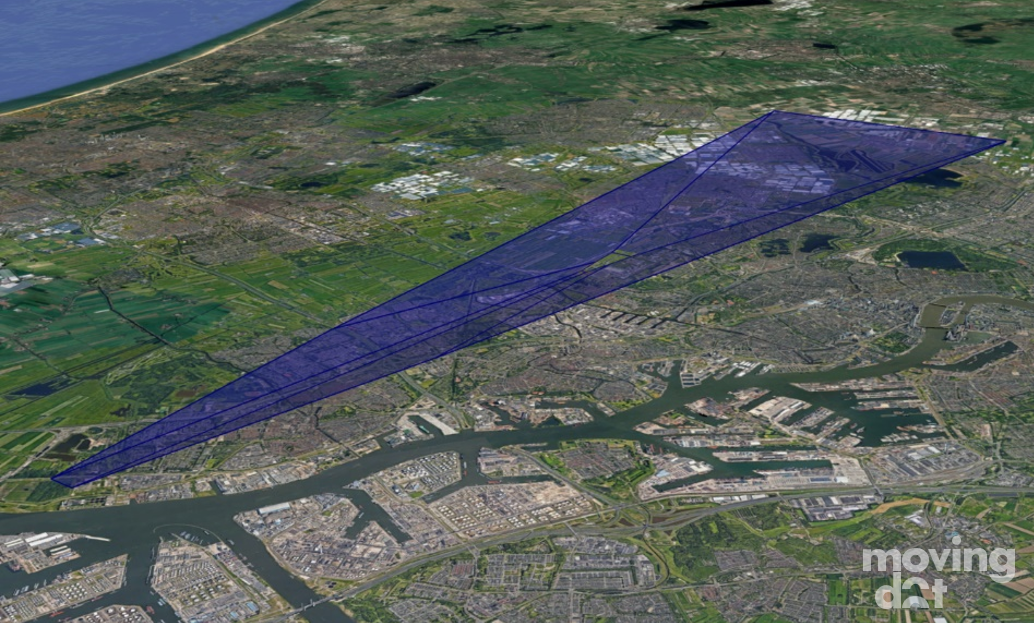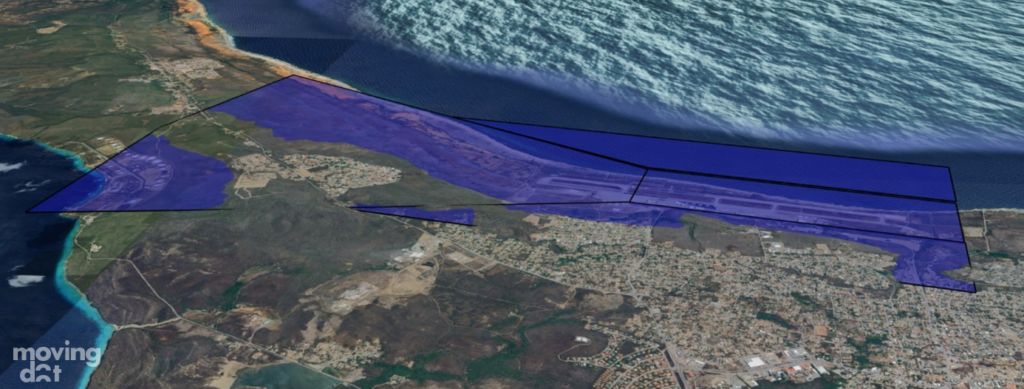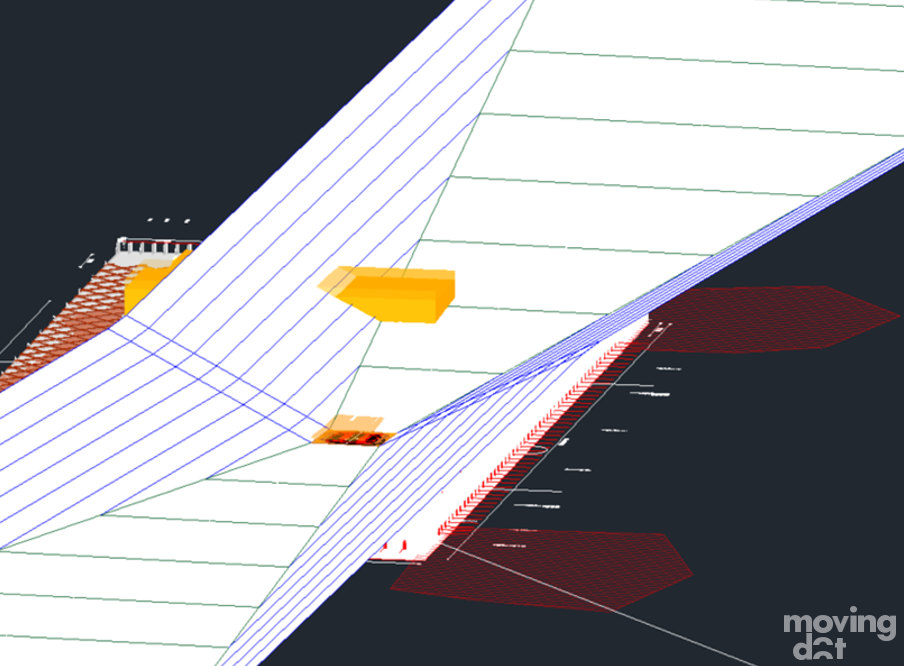Aerodrome safeguarding
Aerodrome safeguarding refers to a set of measures taken to ensure the safety of aircraft operations in and around an airport or aerodrome. These measures are designed to protect the safety and efficiency of flight operations by identifying and mitigating hazards that may affect aircraft during takeoff, landing, or taxiing.
Aerodrome safeguarding typically involves a comprehensive assessment of the airspace and surrounding areas, including land use planning, environmental protection, and infrastructure development. This includes:
- Assessing and managing potential obstructions to flight operations, such as buildings, towers, trees, and other structures that may pose a risk to aircraft.
- Developing and implementing procedures and guidelines for the safe operation of aircraft in and around the airport, such as aircraft parking, taxiway routing, and runway use can also be considered part of aerodrome safeguarding.
- Coordinating with local authorities, landowners, and other stakeholders to ensure that aviation operations are integrated safely and efficiently into the surrounding community.
Overall, aerodrome safeguarding is critical for ensuring the safe and efficient operation of aviation activities, while minimizing the impact on the environment and complying with regulatory requirements.

Obstacle Limitation Surfaces (OLS)
ICAO Annex 14 Volume I provides guidance on the establishment of protection areas (or Obstacle Limitation Surfaces) around the aerodrome to ensure the safety of aircraft operations. The objective of these surfaces is to define the airspace around aerodromes to be maintained free from obstacles to ensure the safety of aircraft operations and to prevent that aerodromes become unusable.
These surfaces are, among others:
- Inner horizontal surface (IHS): This is a horizontal surface located at a fixed distance above the runway, and it extends outwards from the runway centerline. It provides clearance for aircraft taking off and landing, and it is designed to protect aircraft from obstacles within this area.
- Conical surface: This is a three-dimensional surface that extends upwards and outwards from the end of the IHS. It is designed to protect aircraft during the initial climb-out and approach phases of flight.
- Transitional surface: This is a three-dimensional surface that connects the conical surface to the outer horizontal surface. It is designed to provide clearance for aircraft during the intermediate phases of flight.
- Outer horizontal surface (OHS): This is a horizontal surface located at a fixed distance above the aerodrome, and it extends outwards from the end of the transitional surface. It is designed to protect aircraft during the final approach and landing phases of flight.
- Take-off climb and approach surface: An inclined plane or combination of planes following and preceding the threshold, respectively.

Instrument Flight Procedures
Flight procedures to/from an airport can be assisted by instrument navigation aids. These instrument flight procedures require defining protection areas intended to safeguard an airplane from collision with obstacles when flying on instruments. ICAO Doc. 8168 Volume II specifies the size and dimensions of these obstacle-free areas for the approach- (including missed approach), departure- and visual maneuvering (circling) procedures.

CNS equipment
The signal in the service volume for all CNS facilities should be protected from unacceptable interference, to ensure a safe and efficient operation of aircraft. In order to achieve this, each type of facility must have its own safeguarded surface whose dimensions are dependent on the facility type.
As a reference, ICAO Annex 10 is the basis for all aeronautical telecommunication equipment, including installation and operation. In terms of protection of the signal from interference due to terrain and manmade objects, ICAO EUR Doc.015 is used as a reference to define and analyse the CNS safeguarding surfaces.

Heliport safeguarding
Similar to aerodrome safeguarding, heliport operations also need to be protected against obstacles in order to facilitate safe helicopter operations and to protect the helicopter against future obstacles and real estate developments around the heliport. ICAO Annex 14 Volume II provides guidance on heliport safeguarding, including the standard and recommended practices for obstacle limitation surfaces tailored to heliports.

Heliport safeguarding must be applied not only to onshore heliports (ground-level heliports or elevated heliports, such the heliports located in the hospital buildings) but also offshore helicopter platforms (gas, oil and wind energy).
MovingDot’s portfolio
- Aeronautical studies on the impact of new obstacles on airport operations
- Heliport safeguarding for elevated heliports in urban areas such as hospitals
- Heliport safeguarding for offshore installations in complex wind energy areas
- Standard aerodrome safeguarding analysis
- Aeronautical studies on the impact of new wind turbines close to airports
- Design of preferential helicopter routes for hospitals equipped with a heliport
- Helicopter accessibility studies for the different wind energy areas in the North Sea
- Airspace impact assessment on wind turbines in the North Sea
What can our MovingDot experts do for you?
With our vast experience in aerodrome and heliport safeguarding, we have become a trusted benchmark in the industry. Our team of experts combines the FPD and safety know-how to carry out aeronautical studies, obstacle assessments and to assess the required aerodrome / heliport safeguarding. If you would like to know more, contact us: ander.okina@movingdot.nl

